
Small Modular Reactors: Not All That Glows Is Gold
The only small modular reactors (SMRs) currently in operation are in Russia (Akademik Lomonosov floating NPP) and China (HTR-PM high temperature gas cooled reactor), and the nuclear power plants soon to become reality are mostly traditional pressurized
water reactor designs. However, the current situation is not simply a matter of same old, same old.
The good news is that many more SMRs are in the design stage. Currently, more than 80 commercial SMR designs are being developed around the world. Some of those designs are being developed by established nuclear companies, often with government support.
The bad news is that other designs are being proposed by start-up companies with an eye on the main chance but little technological expertise.
Many of these companies appear to be aiming to attract as much investment as possible by promising to deploy their schemes in the early 2030s-something that is almost certainly unachievable. Most companies give wildly optimistic timelines for construction and deployment, which are constantly being revised.
The designs on offer include a wide range of different reactor technologies, starting with those based on smaller versions of established pressurized water reactor (PWR) designs and moving on to the much more complex molten salt reactors, high-temperature gas-cooled reactors and fast neutron reactors. They target varied outputs and different applications, such as electricity, hybrid energy systems, heating, water desalinization and steam for industrial applications.
These technologies are promoted as feasible, flexible, cost-effective energy solutions with lower capital costs that are ideal partners for renewables. Their advantages are variously listed as ease of siting, reduced waste generation, increased safety and rapid construction.
The International Atomic Energy Agency
(IAEA), in a detailed report published in 2020, included details of 25 land-based water-cooled SMRs from 12 countries; six marine-based water-cooled SMRs from two countries (four from Russia and one from China); 11
high-temperature gas-cooled reactors (HTGRs) from eight countries; 11 fast neutron reactors(FNRs) from seven countries; 10 molten salt reactors (MSRs) being developed by six countries; and six microreactors (MMRs) from four countries.
Of the 69 reactors described, 36 were only in the pre-conceptual or conceptual design phase, while four were in the preliminary design stage.
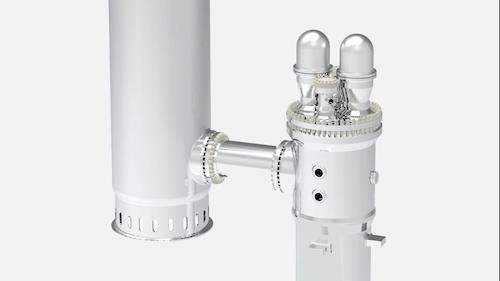
US X-energy's Xe-100 envisaged start of construction in 2025. However, X-energy now says it aims to deploy its first advanced SMR by the early 2030s. Image: X-energy
The information was based on data supplied by the companies, and optimistically proposed construction or deployment dates did not hold up with the passage of time. For example, US X-energy's Xe-100 envisaged the start of construction in 2025 but now says it aims to deploy its first advanced SMR by the early 2030s.
Similarly, in 2020 the timeline of ARC Clean Technology's ARC-100 sodium-cooled fast reactor foresaw the first unit going into service in 2028. The ARC-100 was selected by New Brunswick Power for commercial demonstration on the company's Point Lepreau site.
A deployment date of 2035 is now being suggested. However, Arc has just laid off staff, putting even that timeline in doubt. ARC said it“is re-aligning personnel and resources to strengthen our strategic partnerships and rationalize operations to best prepare for the next phase of our deployment.”

Legal Disclaimer:
MENAFN provides the
information “as is” without warranty of any kind. We do not accept
any responsibility or liability for the accuracy, content, images,
videos, licenses, completeness, legality, or reliability of the information
contained in this article. If you have any complaints or copyright
issues related to this article, kindly contact the provider above.

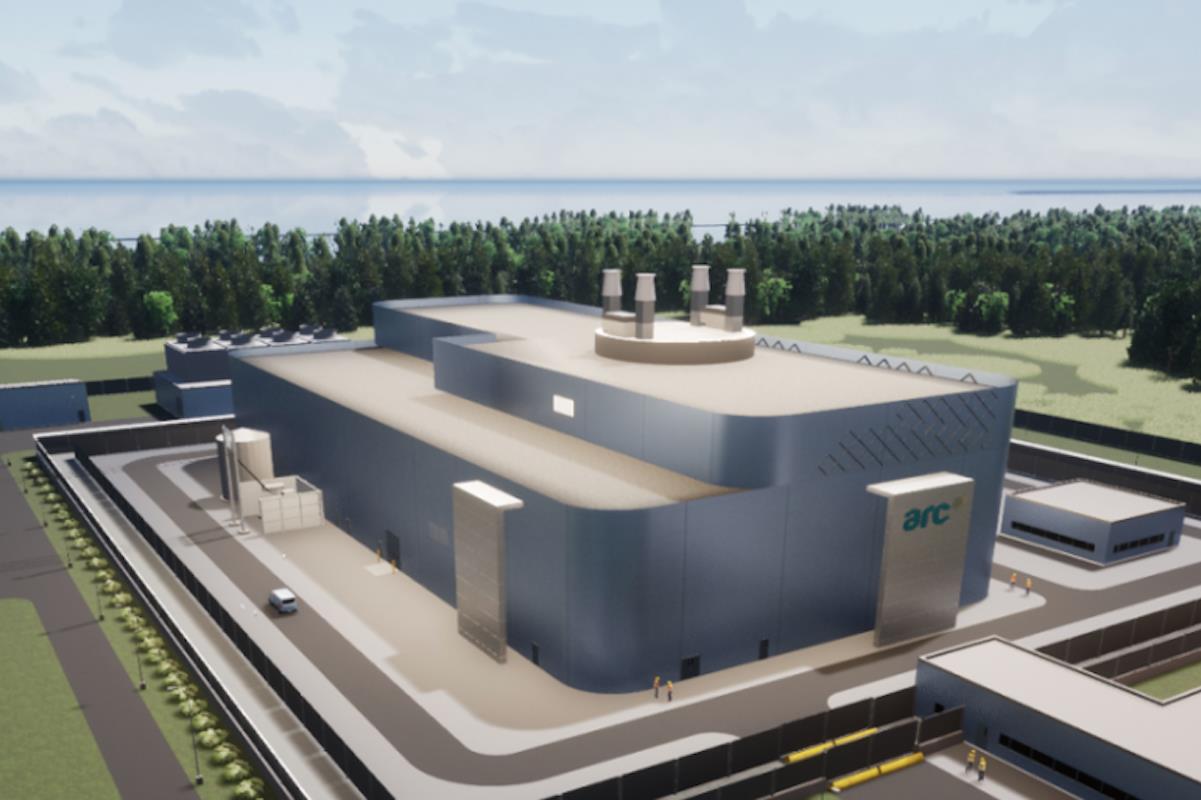
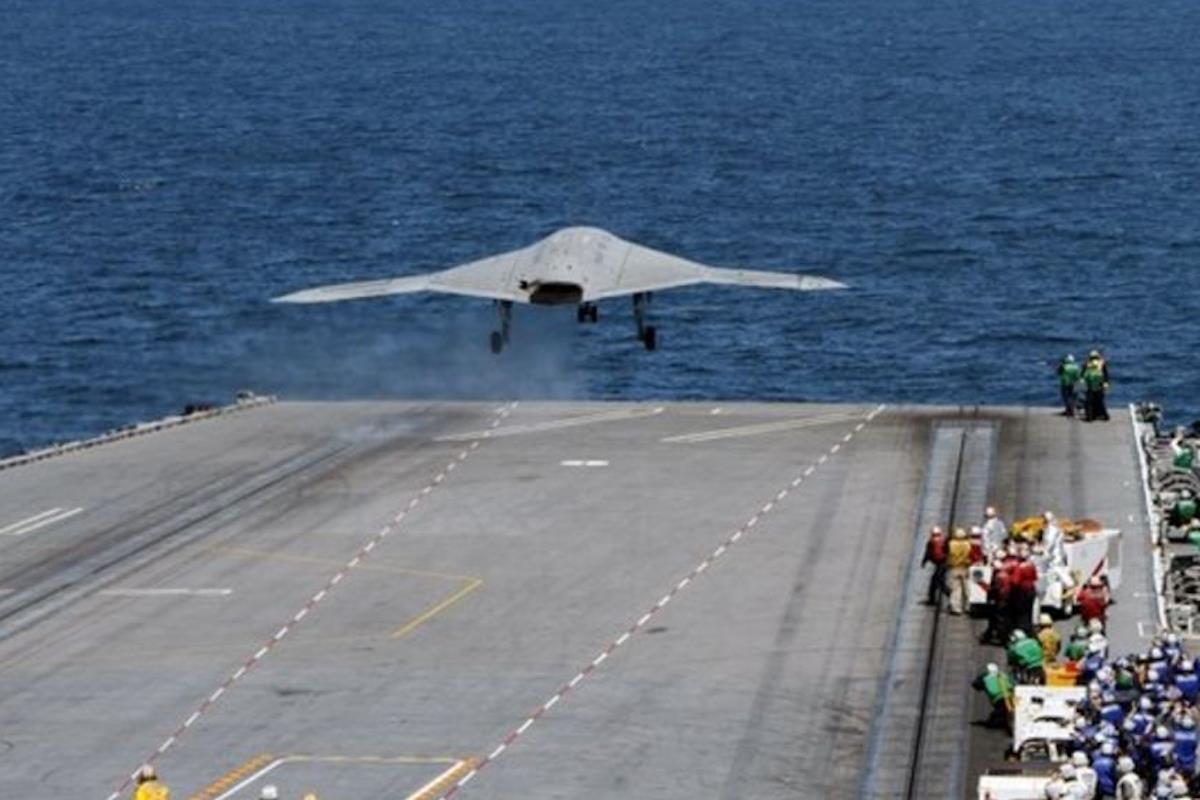
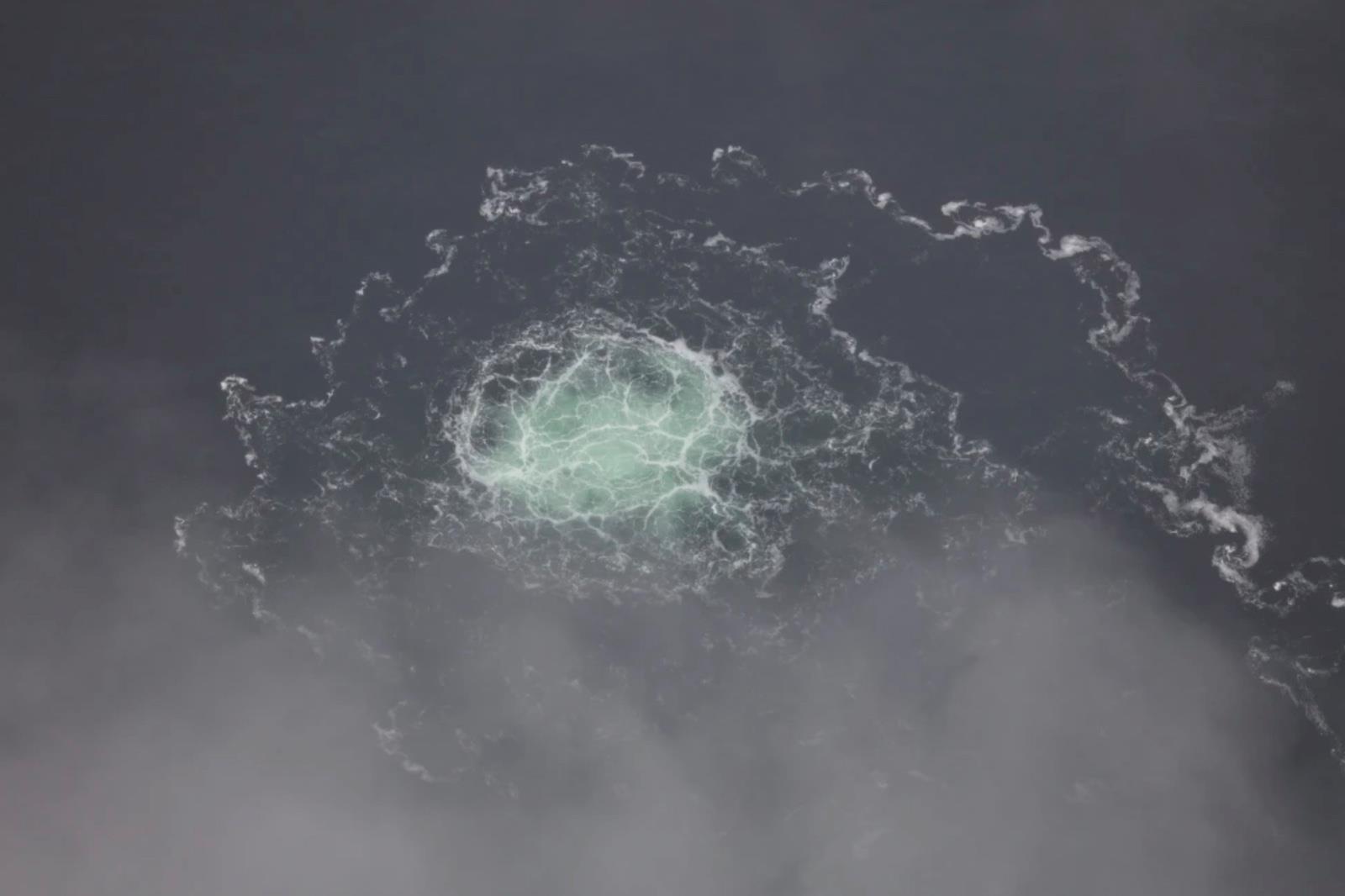

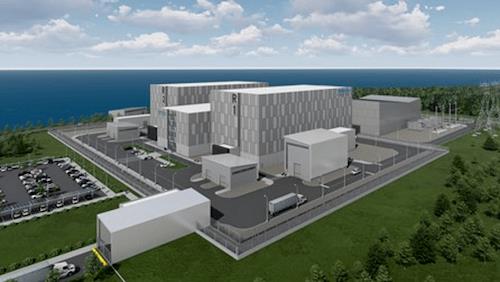
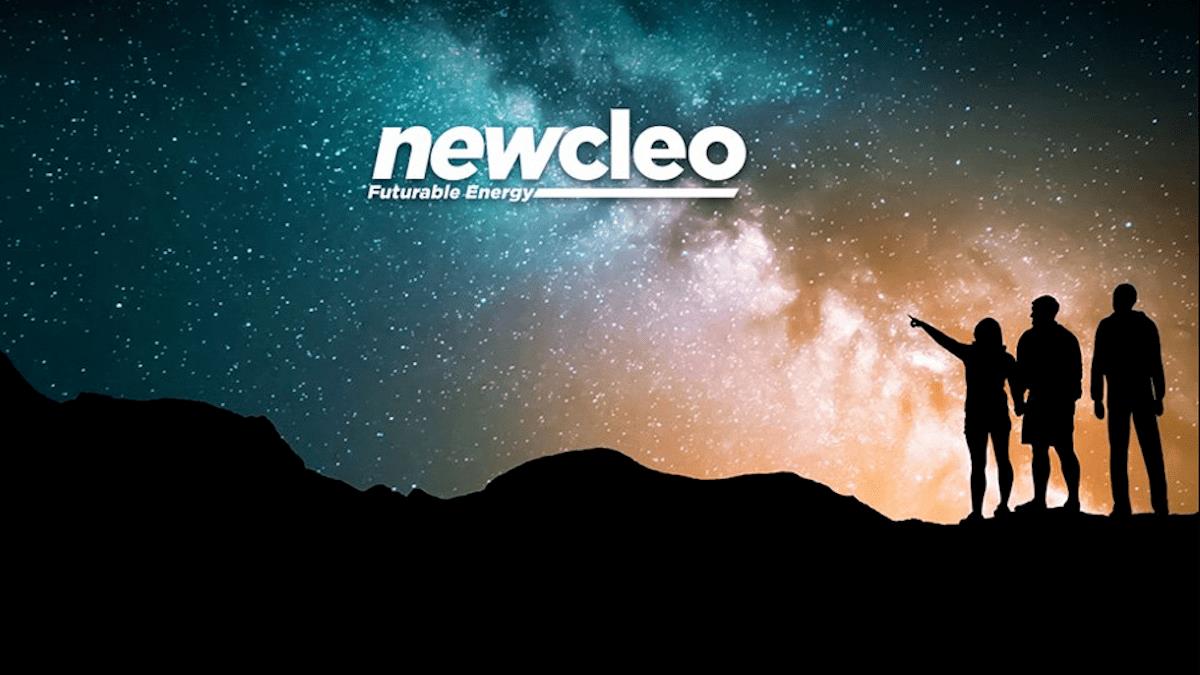
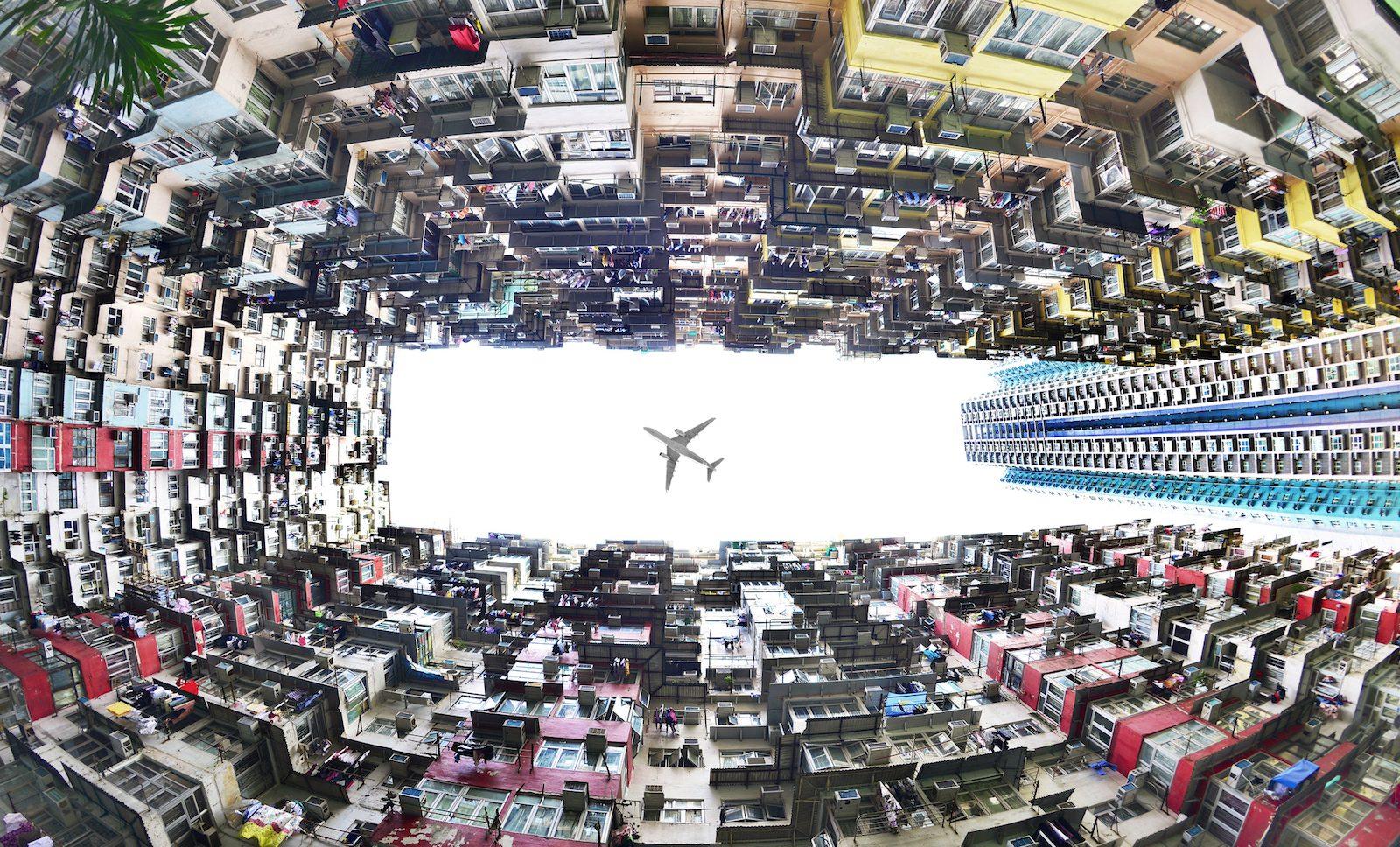
















Comments
No comment